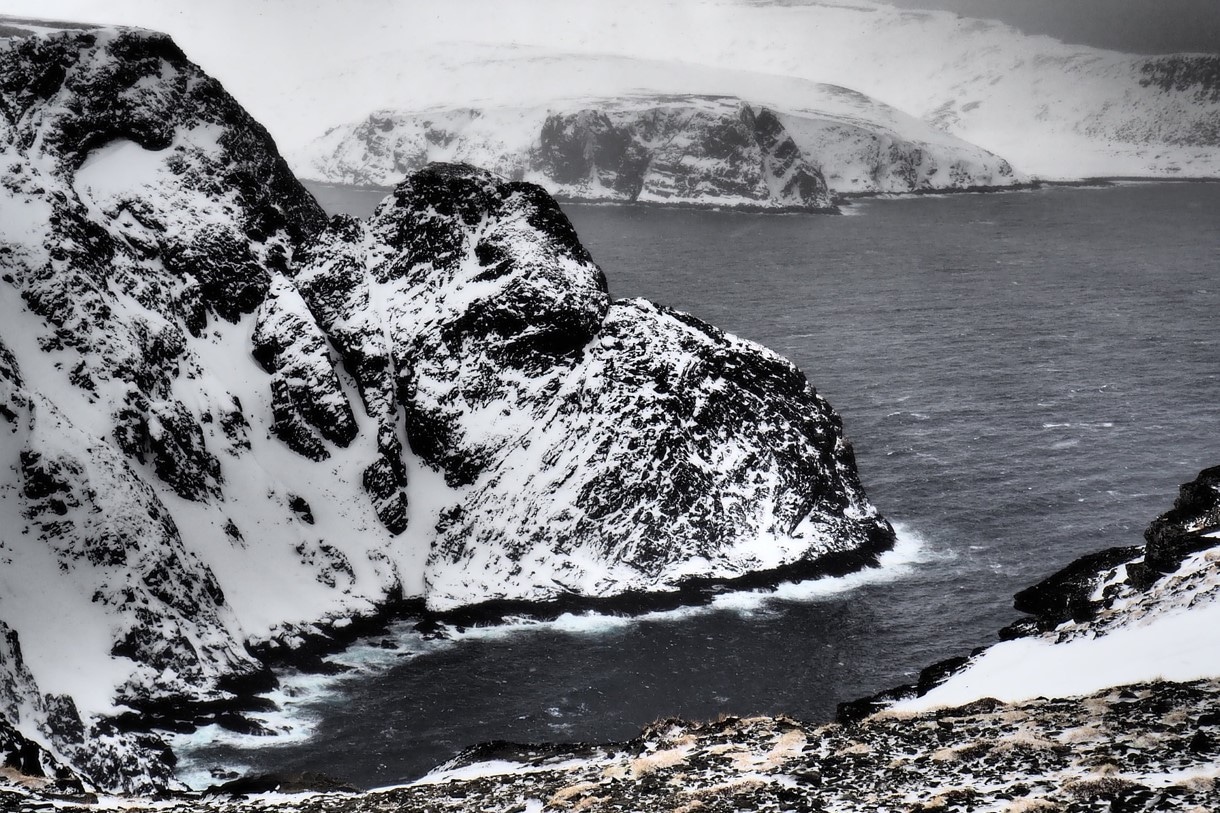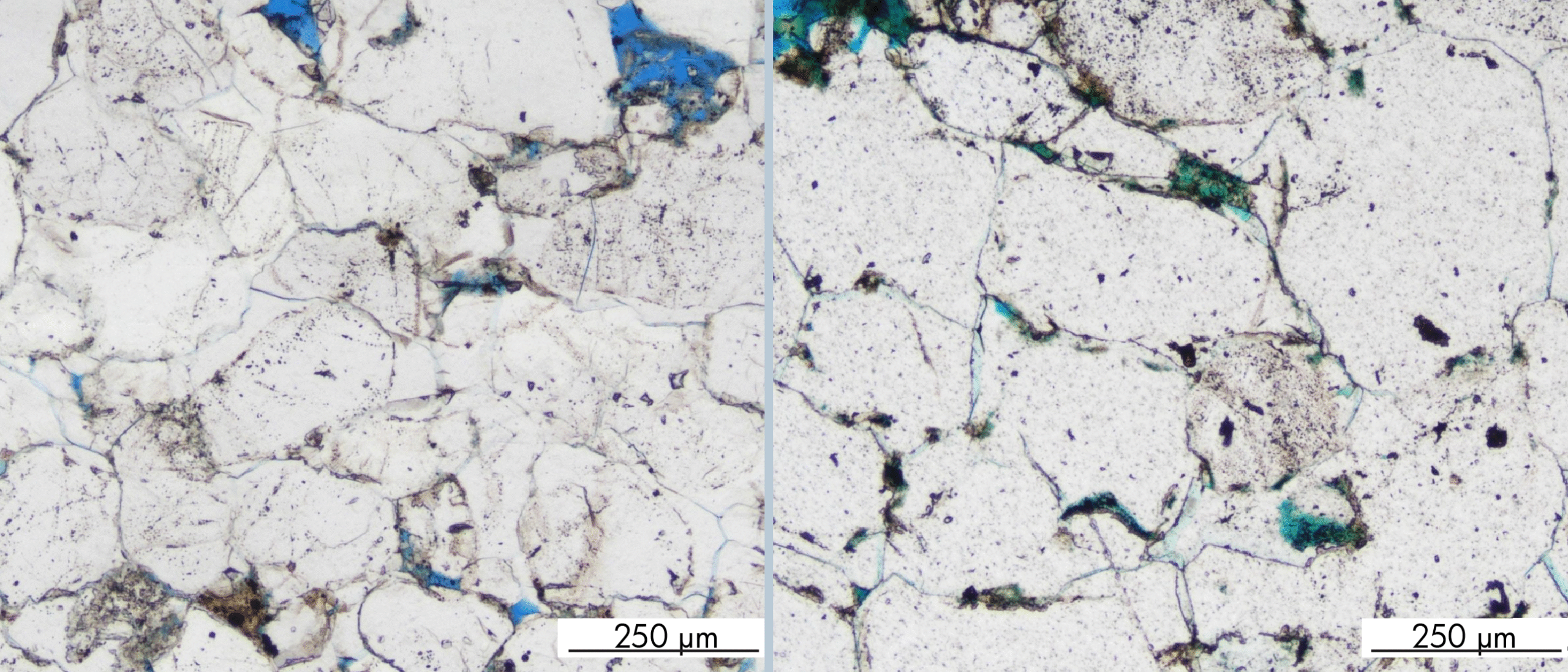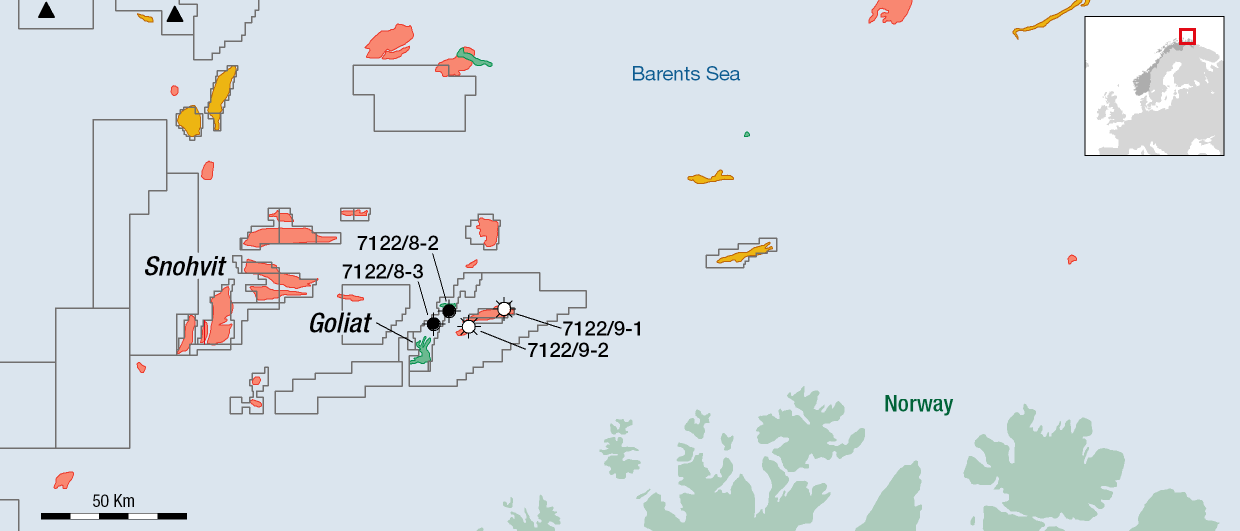Well 7018/5-1 is situated in PL960 and was operated by operated by Equinor. Partners are Petoro (20%), Lundin Energy (20%) and Wintershall Dea (20%). The well was drilled in the Troms Finnmark Fault complex.
The primary exploration target for the well was to prove petroleum in reservoir rocks from the Early Jurassic to Middle Jurassic Age (the Stø and Nordmela Formations).
The secondary exploration target was to prove petroleum in reservoir rocks from the Late Triassic to Early Jurassic Age (the Tubåen Formation).
The well encountered two water-bearing sandstone intervals in the Stø Formation with a total thickness of 180 metres, with good reservoir properties. The well did not reach the bottom of the lowest sandstone interval in the Stø Formation, nor the Nordmela and Tubåen Formations. Weak traces of petroleum were observed in the sandstones in the Stø Formation, but has been classified as dry.

Now the question is why the well did not drill the secondary target. Was it because of mechanical issues or did the presence of thick sandstones in the Stø Formation disqualify the validity of the trap in the Nordmela and Tubåen Formation.
Structural trend – shallow well
Torbjørn Ladstein Fjeld from the University of Stavanger performed his Master Thesis project in this area, mainly looking at Lower Cretaceous tectonostratigraphy. However, he also interpreted the top Stø Fm horizon as shown in the figures below. From the map, it is clear that the Agip 7019/1-1 well targeted the downdip area of the Jurassic reservoirs in the Troms Finnmark Fault complex, with the Spissa well being located much more updip. This is also obvious from the depth of penetration of the well; it only drilled slightly more than 700 m of sediments.

HENK KOMBRINK





